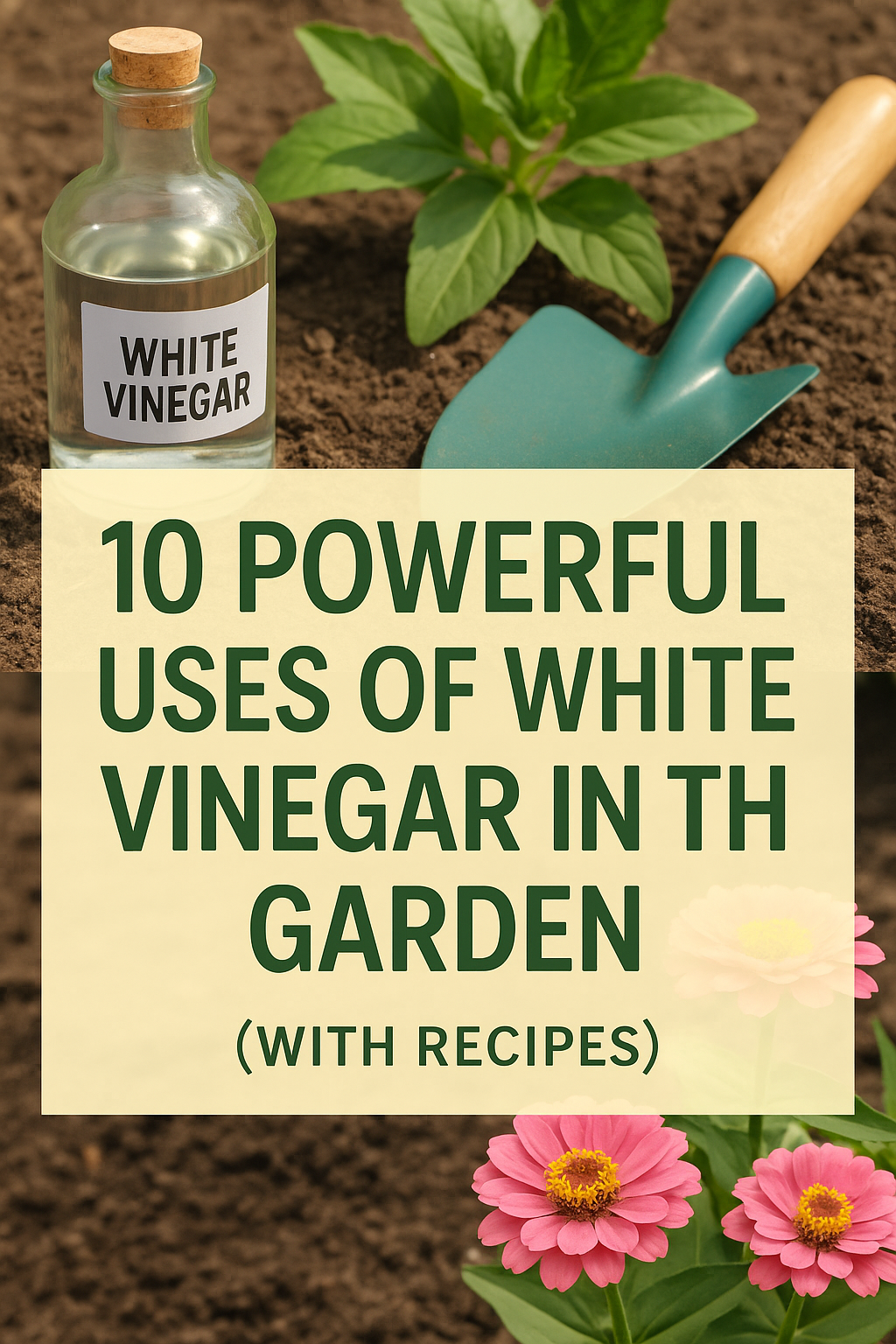
No garden? No problem. You can grow fresh herbs indoors year-round, even in small apartments or winter months. All you need is the right light, a few containers, and regular care to keep your herbs productive and healthy. This beginner-friendly guide will show you how to grow herbs indoors — the easy and natural way.
Why Grow Herbs Indoors?
Growing herbs indoors means fresh flavor at your fingertips, no matter the season. It saves money, reduces grocery trips, and adds greenery to your living space. Indoor herbs also purify air and bring life to windowsills, kitchen counters, and balconies.
Best Herbs for Indoor Growing
Some herbs grow better indoors than others. These varieties are compact, low-maintenance, and ideal for containers:
- Basil: Needs lots of light and warmth
- Parsley: Tolerates low light, slow grower
- Chives: Easy to regrow, mild onion flavor
- Mint: Hardy, fragrant, fast-growing (use separate pot)
- Thyme: Compact, drought-tolerant
- Oregano: Loves full sun, great for Italian dishes
- Cilantro: Quick to grow, best in cooler temps
What You’ll Need
- Pots or containers with drainage holes
- Organic potting mix (not garden soil)
- Seeds or healthy starter plants
- Grow lights (optional but ideal in winter)
- Tray or saucer to catch extra water
Step-by-Step: How to Grow Herbs Indoors
Step 1: Choose the Right Location
Place your herbs near a bright, south-facing window where they’ll get at least 6 hours of sunlight daily. If you don’t have enough natural light, use LED grow lights designed for indoor plants.
Step 2: Use Proper Soil and Pots
Use a light, well-draining potting mix. Avoid heavy garden soil indoors, which compacts and may harbor pests. Make sure containers have good drainage to prevent root rot.
Step 3: Plant and Water Correctly
Plant seeds according to packet instructions or transplant young herbs into containers. Keep soil moist but not soggy. Overwatering is a common mistake — let the top inch of soil dry out before watering again.
Step 4: Provide Consistent Light
If your home doesn’t get enough daylight, supplement with grow lights. Full-spectrum LEDs are energy-efficient and promote strong, compact growth. Use a timer to mimic daylight — 12 to 14 hours per day is ideal.
Step 5: Harvest Often
Harvesting regularly encourages herbs to grow bushier. Use scissors to snip leaves above leaf nodes. Never cut more than 1/3 of the plant at once to avoid stunting growth.
Lighting Tips: Grow Lights for Herbs
If you’re growing herbs during winter or in low-light homes, here are recommended lighting tips:
- Choose LED grow lights that are full-spectrum and labeled “for edible plants”
- Keep lights 6–12 inches above herbs
- Use a plug-in timer to ensure 12–14 hours of light daily
Common Problems and Solutions
- Leggy plants: Caused by low light — move closer to window or add a grow light
- Yellow leaves: Usually from overwatering — check drainage
- Slow growth: Feed monthly with organic liquid fertilizer
FAQ: Growing Herbs Indoors
Can I grow herbs indoors without sunlight?
Yes — with grow lights. Full-spectrum LEDs allow you to grow herbs even in rooms with no natural light.
Do indoor herbs need fertilizer?
Yes, especially if you’re harvesting regularly. Use a diluted organic liquid fertilizer once a month during active growth.
Final Thoughts
With the right care and setup, you can enjoy flavorful, homegrown herbs no matter the season or space. From basil on the windowsill to mint in your kitchen, indoor herb gardening is a rewarding, low-maintenance way to bring nature indoors — and spice up every meal.
Ready to take it further? Try growing a mini balcony herb garden using our guide to herbs in small spaces.



